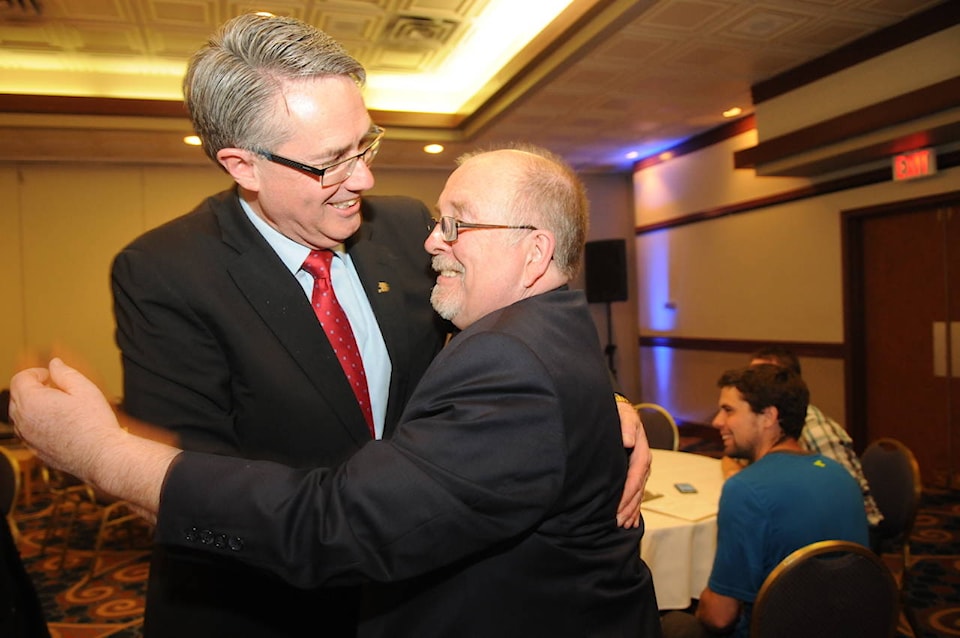Chilliwack voters woke up to something they haven’t seen in more than 65 years: A minority government.
The political landscape here remained the same, with both BC Liberal incumbents retaining their seats.
However the winds of change buffeting other parts of B.C. follow a trend that has been building locally for years.
Although Laurie Throness handily won his seat in Chilliwack-Kent, the race in Chilliwack proper was much tighter.
True, John Martin won by nearly 3,000 votes. However, the combined votes of BC NDP candidate Tracey O’Hara and Green Party candidate Wayne Froese were 8,687 – 46 more than Martin.
That’s not to suggest Martin does not deserve the win. What it indicates, however, is the shift in voter behaviour that has occurred here over the last 20 years.
The BC Liberals can rightly celebrate their Chilliwack victories, but those wins are a far cry from the heady days when the party secured nearly three quarters of the votes cast.
The erosion of the dominance of the right has been slow, but it has been consistent. Pundits attribute it to Chilliwack’s changing demographics as younger and more urban voters move into the riding.
Granted, there is a staleness that every government experiences. After 16 years of Liberal rule in B.C., some voters are looking for a change.
But more Chilliwack voters than ever sought that change in the Green Party platform this year.
That shift will be difficult to ignore, particularly as the minority Liberals attempt to woo support from the now emboldened Greens.
Governing is about compromise. And perhaps the best thing to come from this bitter and fractious election campaign is the recognition that some common ground must be found in the centre if we are to move forward.
